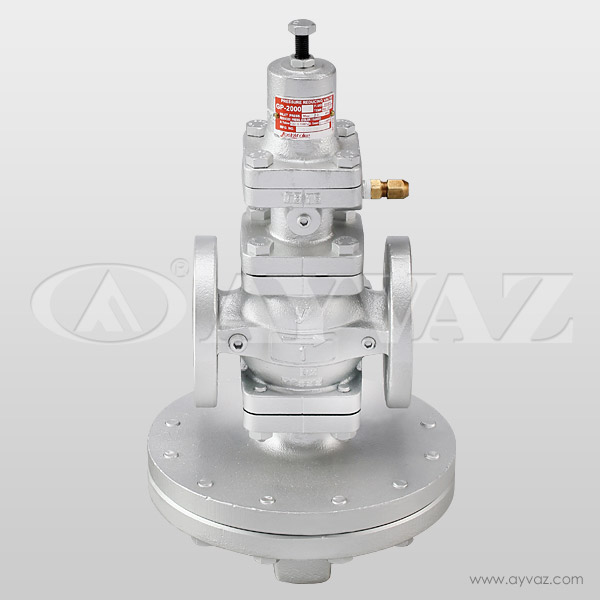Pilot diaphragm type pressure reducing valve

If the working pressure of any process is less than the inlet line pressure, you can use the pressure reducing valve to set the pressure. It is not recommended to reduce the inlet line pressure in the pressure reducing valve to above 10/1. In this case, it is preferable to use two pressure reducing valves in series.
In order to obtain dry clean steam before using the pressure reducing valve, the condensed water formed by the condensation of steam on the steam-steam separator must be discharged first. For sensitive processes, it is recommended to use a safety valve after the pressure relief valve.
The application of the pressure reducing valve is as follows.
How it works
Adjust the bolt, adjustment spring, and pilot diaphragm down and open the pilot valve. The steam generated on the back of the valve with the copper tube flows out of the valve. When the flow through the pilot valve exceeds the flow through the control orifice, the pressure under the primary diaphragm increases. This pressure disables the pressure of the return spring and opens the main valve.
Increase the outlet pressure through the steam of the main valve. This pressure is transmitted from the control line to the bottom of the pilot diaphragm. When the offset pressure of the diaphragm is balanced with the downward pressure of the adjustment spring, the valve closes to achieve the desired outlet pressure value acting on the primary diaphragm.
When steam is not required, the outlet pressure rises and the pilot valve closes. In this case, the pressure under the main diaphragm drops, thereby closing the main valve.
Benefits
not affected by import pressure and flow changes
Sensitivity control of export pressure is the best choice for pressure control
Applicable to steam, compressed air and other similar gases
The pressure can be set in the range of 0.2-10 bar by 2 different springs
Convenient for installation and removal
easy to adjust

